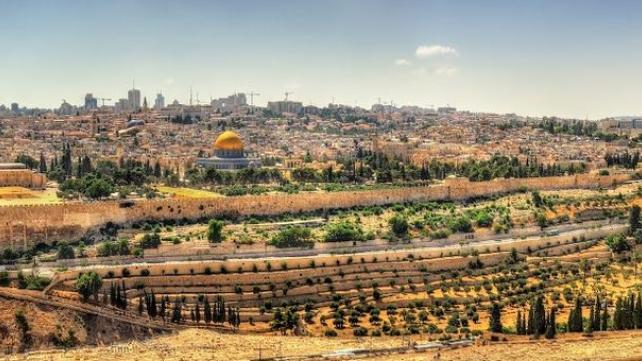
Grades: 7-12
Objective: Students will analyze the historical background of the creation of the Zionist State and the factors that led to the occupation of Palestine.
Materials:
- Interactive map of Palestine
- Media links below
- Multimedia
Activity 1: Historical Timeline
Objective: To understand the chronological events leading to the establishment of Israel and the roles played by Britain and the U.N.
Instructions:
1. Timeline Construction: Ask learners to create a visual timeline of key events from the late 19th century to 1948. Include significant milestones such as the rise of Zionism, the Balfour Declaration, U.S. involvement, and the establishment of Israel.
The Nakba: All you need to know explained in five maps and charts
2. Discussion: Facilitate a discussion on how these events influenced the geopolitical landscape and the role of different countries. Encourage learners to reflect on the perspectives of various stakeholders involved.
Activity 2: Case Study Analysis
Objective: To analyze specific cases or documents that highlight British and U.S. involvement in the creation of Israel.
Instructions:
1. Group Analysis: Divide learners into small groups and assign each group a key document such as the Balfour Declaration (1917),, the U.N. Partition Plan (1947), or significant speeches from U.S. and British leaders.
2. Presentation and Discussion: Each group analyzes the assigned document, focusing on the main points, intentions, and implications. Follow this with a discussion on how these documents reflect the political and social motivations of Britain and the U.S. and their impact on the creation of Israel.
Activity 3: Documentary Viewing and Discussion
Objective: To gain insights from visual media on the reality of the creation of Israel and the Nakba.
Instructions:
1. Documentary Viewing: Arrange a viewing session for a documentary that covers the historical context of the creation of Israel and the Nakba.
2. Discussion: Facilitate a discussion on the documentary’s portrayal of British and U.N. involvement and how it aligns or contrasts with other sources of information.
Activity 4: Research the impact of the Nakba on Palestinians
Objective: To explore narratives and personal accounts of the Nakba.
Instructions:
1. Research excerpts from various narratives and accounts of the Nakba.
2. Group Analysis: Divide learners into small groups and assign each group a different narrative or account. Ask them to analyze their assigned text, focusing on the impact on families.
3. Presentation: Each group presents their analysis to the larger group, highlighting their assigned texts' main points and perspectives.
4. Discussion: Facilitate a discussion on the impact of the Nakba on Palestinians for the last 76 years.
Activity 5: Map Analysis and Reflection
Objective: To visualize the geographic and demographic changes resulting from the Nakba and subsequent creation of Jewish settlements on Palestinian land.
Instructions:
1. Map Distribution: Provide learners with maps showing pre-1948 Palestine and post-1948 changes. Include maps that illustrate areas of displacement, changes in boundaries, and the establishment of new borders.
2. Mapping Exercise: Ask learners to compare the maps and note the differences in geographic and demographic changes. They should identify critical areas of displacement and settlement.
3. Reflection Questions: Pose questions for reflection, such as:
- How did the geographic changes impact the local population?
- How would you feel if this happened to your family?
Resources
Al-Nakba: The Palestinian catastrophe - Episode 1 | Featured Documentary
Al-Nakba: The Palestinian catastrophe - Episode 2 | Featured Documentary




Add new comment